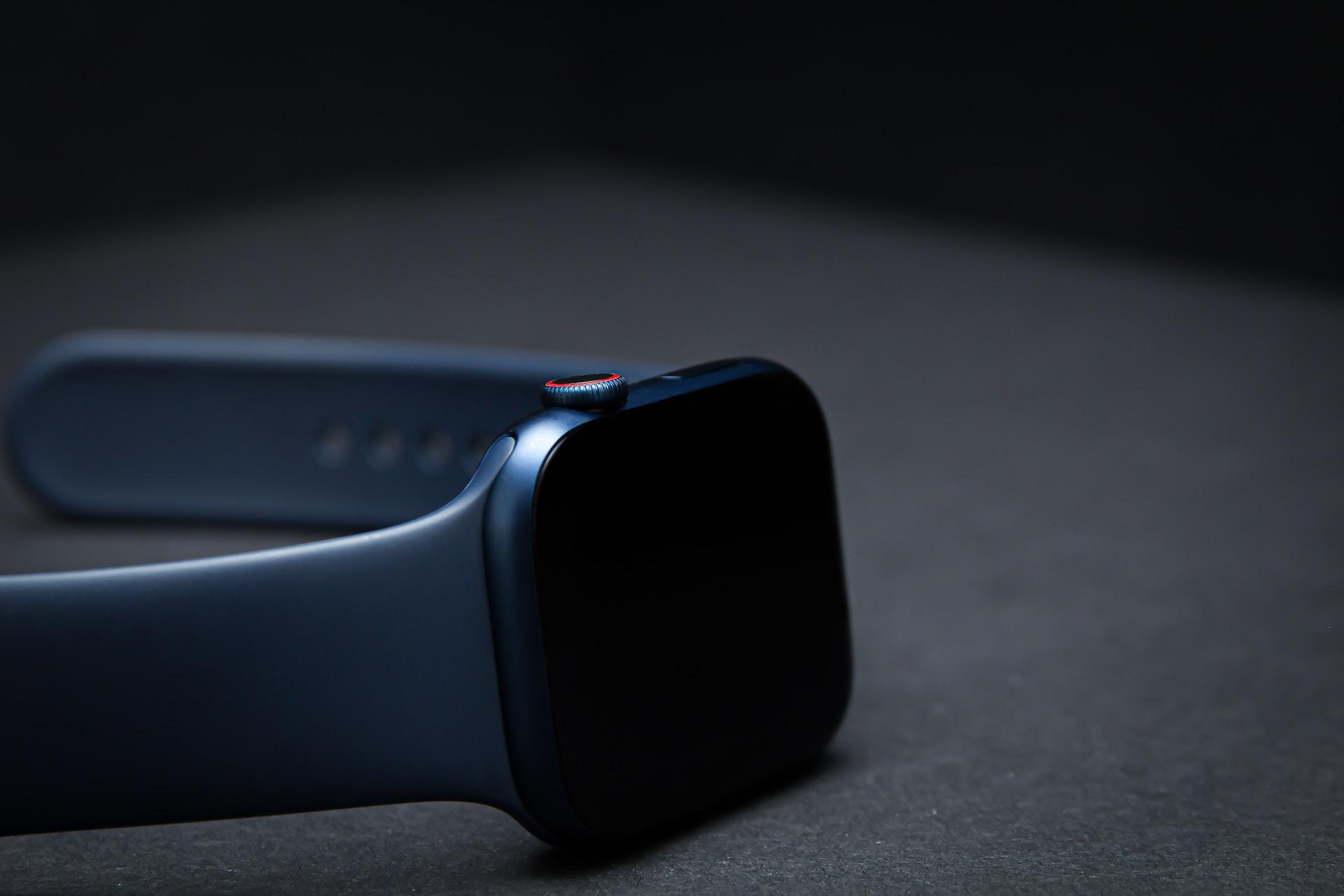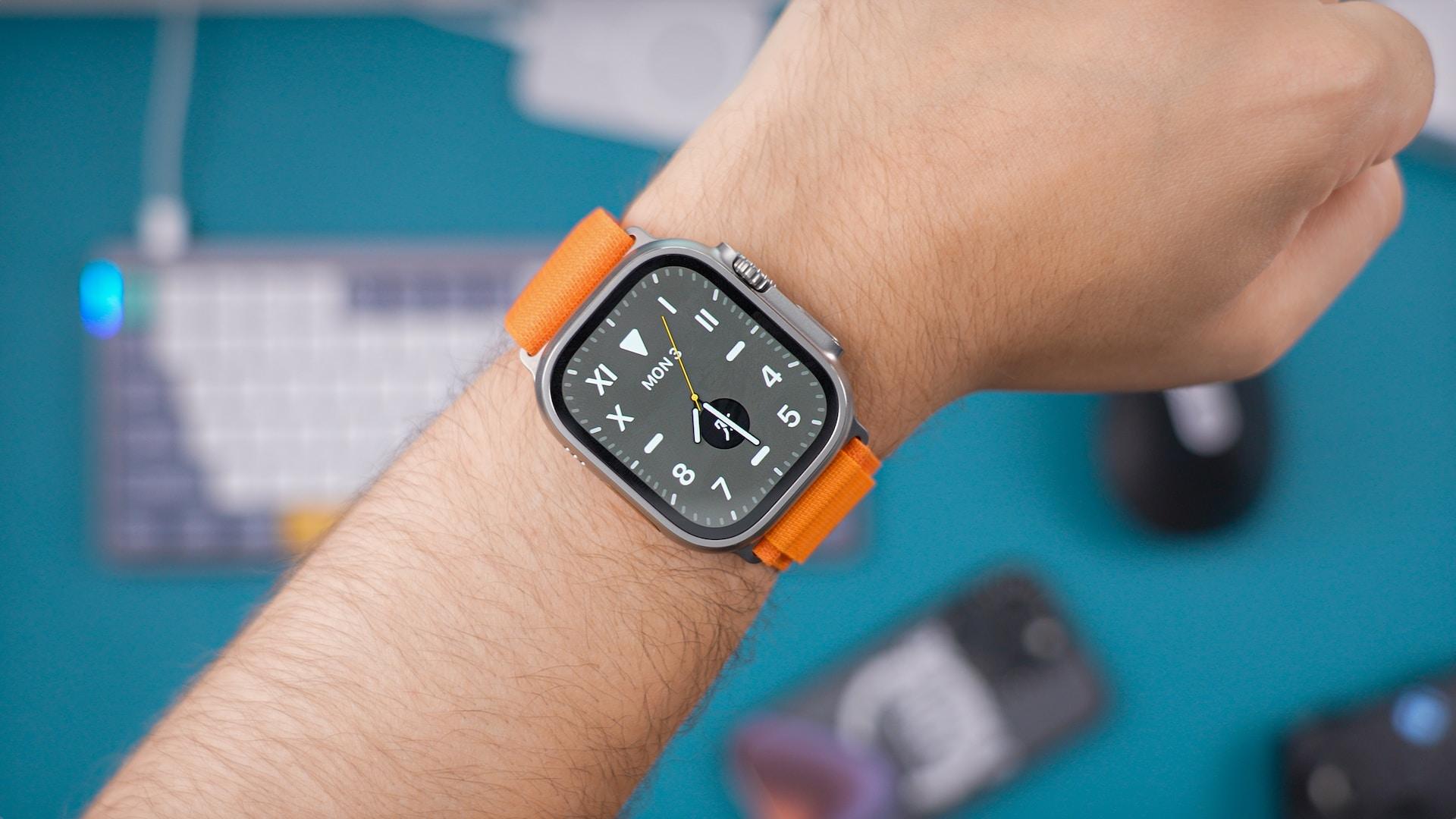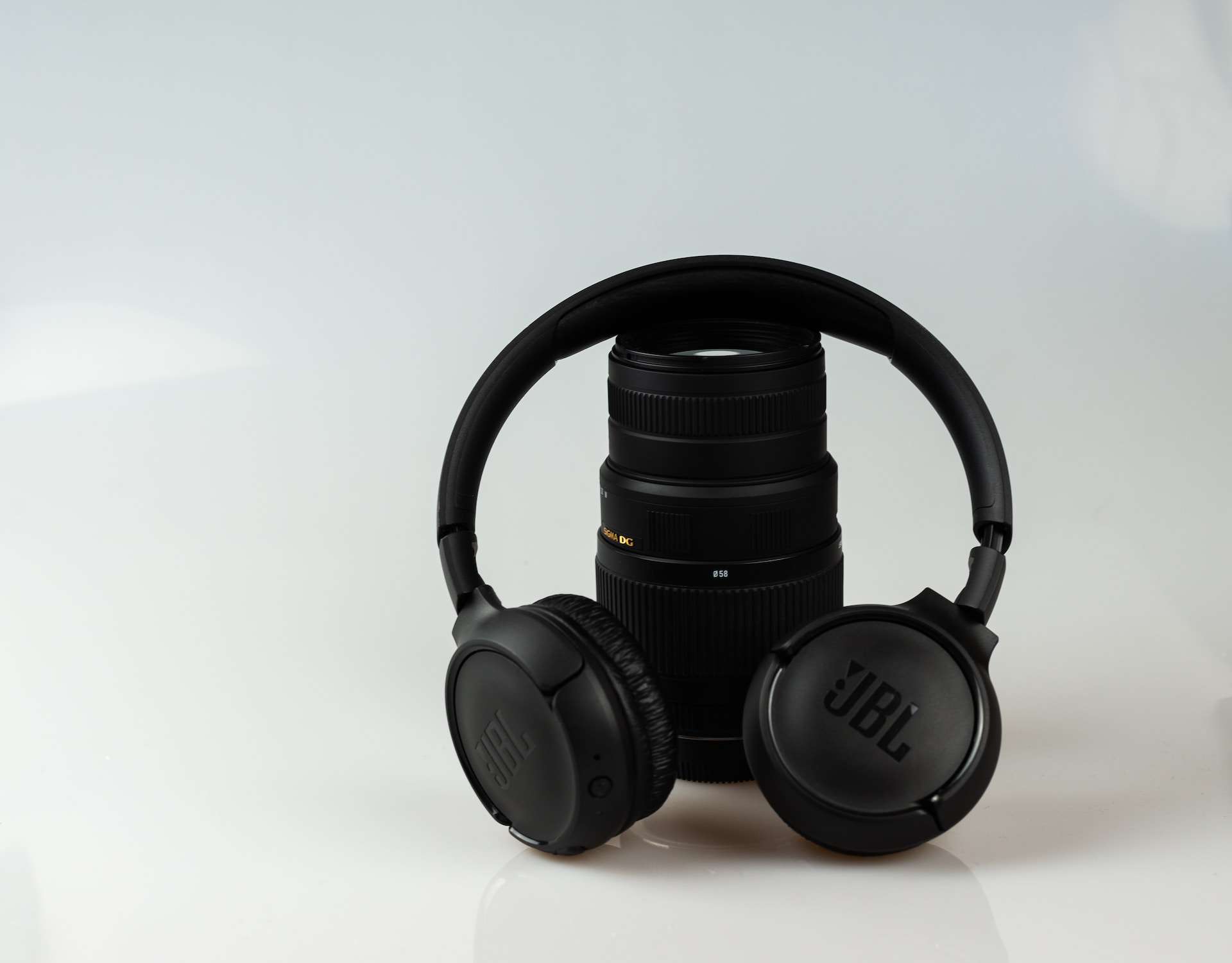In the realm of wearable technology, the Apple Watch stands as a beacon of innovation. Among its myriad features, the Walkie-Talkie function has garnered significant attention. Understanding how to maximize the Apple Watch Walkie Talkie range is crucial for users seeking seamless communication. In this comprehensive guide, we delve into the intricacies of enhancing this functionality for an unparalleled user experience.
Contents
Understanding Apple Watch Walkie-Talkie Technology
Unveiling the Technology Behind Walkie-Talkie
The Apple Watch Walkie-Talkie feature leverages a blend of Wi-Fi and cellular connectivity to facilitate real-time communication. By comprehending the underlying technology, users can make informed decisions to optimize the range effectively.
Factors Influencing Walkie-Talkie Range
1. Network Connectivity
The strength of your network connection plays a pivotal role in determining the efficacy of the Walkie-Talkie feature. Ensure a robust Wi-Fi or cellular signal for optimal performance.
2. Terrain and Obstacles
Physical barriers, such as buildings or densely wooded areas, can attenuate signals and hinder communication range. Being mindful of your surroundings is crucial when aiming for an extended range.
3. Apple Watch Model
Different Apple Watch models may exhibit variations in their Walkie-Talkie capabilities. Stay updated on your device’s specifications to leverage its full potential.
Tips for Maximizing Apple Watch Walkie Talkie Range
1. Optimize Network Settings
Fine-tune your Apple Watch’s network settings to prioritize connectivity. Selecting the appropriate network mode, whether Wi-Fi or cellular, based on your environment can significantly enhance the Walkie-Talkie range.
2. Choose the Right Frequency
Understanding the frequency bands your Apple Watch operates on allows you to select the most suitable channel for communication. This can mitigate interference and extend the effective range.
3. Regular Software Updates
Keeping your Apple Watch’s software up-to-date ensures that it benefits from the latest optimizations. Manufacturers often release updates to enhance device performance, including Walkie-Talkie capabilities.
Read Now: Best Apple Watch Apps for Nurses and How to Show Steps on Apple Watch SE Face
Troubleshooting Common Issues
1. Interference Mitigation
Identifying and minimizing sources of interference, such as other electronic devices, can contribute significantly to improving the Walkie-Talkie range.
2. Power Management
Ensure your Apple Watch is adequately charged, as low battery levels may impact the device’s ability to maintain a strong and consistent connection.
Conclusion
In conclusion, mastering the art of maximizing the Apple Watch Walkie-Talkie range involves a multifaceted approach. By understanding the technology, considering influencing factors, and implementing practical tips, users can elevate their communication experience to unprecedented levels. Stay connected, stay informed, and enjoy the full potential of your Apple Watch Walkie-Talkie feature.
Read Now: Best Apple Watch for Running and How to Change Time on Smartwatch Fitpro
FAQs about Apple Watch Walkie Talkie Range
Q1: How does the Apple Watch Walkie-Talkie feature work?
A1: The Apple Watch Walkie-Talkie feature utilizes a combination of Wi-Fi and cellular connectivity to enable real-time communication between devices. It functions as a push-to-talk service, allowing users to send quick voice messages.
Q2: Are there specific network requirements for optimal Walkie-Talkie performance?
A2: Yes, a robust network connection is crucial for optimal Walkie-Talkie performance. Whether using Wi-Fi or cellular, ensuring a strong signal enhances the range and reliability of the communication feature.
Q3: Do different Apple Watch models have varying Walkie-Talkie capabilities?
A3: Yes, there may be variations in Walkie-Talkie capabilities among different Apple Watch models. It is advisable to stay informed about your specific device’s specifications to maximize its potential.
Q4: How can I optimize the network settings on my Apple Watch?
A4: To optimize network settings, navigate to the settings menu on your Apple Watch. Choose the appropriate network mode (Wi-Fi or cellular) based on your environment to improve the Walkie-Talkie range.
Q5: What role do terrain and obstacles play in the Walkie-Talkie range?
A5: Physical barriers like buildings or wooded areas can attenuate signals and impact the Walkie-Talkie range. Being aware of your surroundings helps in maximizing communication effectiveness.
Q6: Why is it important to choose the right frequency for Walkie-Talkie communication?
A6: Choosing the right frequency helps mitigate interference, ensuring a clearer communication channel. Understanding the frequency bands your Apple Watch operates on contributes to an extended effective range.
Q7: How often should I perform software updates on my Apple Watch?
A7: Regularly updating your Apple Watch’s software is essential to benefit from the latest optimizations. Manufacturers release updates to enhance overall device performance, including Walkie-Talkie capabilities.
Q8: Can low battery levels affect Walkie-Talkie performance?
A8: Yes, low battery levels can impact Walkie-Talkie performance. Ensuring your Apple Watch is adequately charged is crucial for maintaining a strong and consistent connection.
Q9: What are common sources of interference, and how can they be mitigated?
A9: Common sources of interference include other electronic devices. Mitigate interference by identifying and minimizing the use of such devices close to your Apple Watch.
Q10: Is the Walkie-Talkie range affected by the number of users on the same network?
A10: While the Walkie-Talkie feature is designed for individual communication, network congestion can potentially impact range. Choosing less crowded frequency bands can help mitigate this issue.




